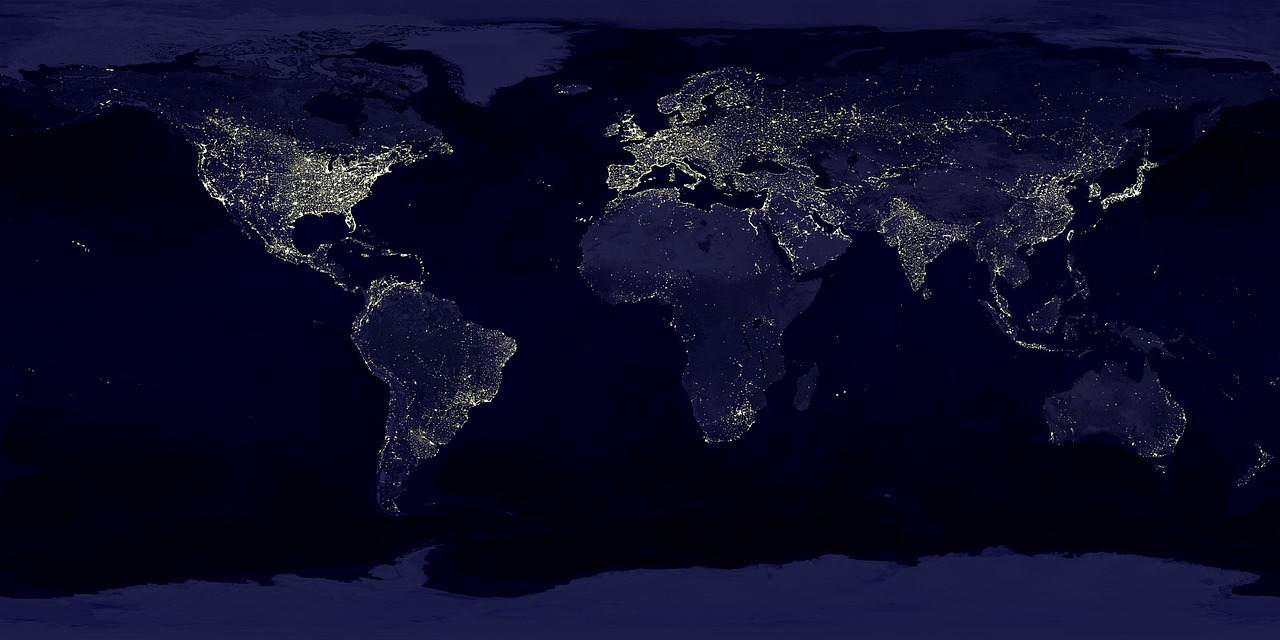
Satellite imagery has become an indispensable tool for a wide range of industries, from agriculture to urban planning. The availability and quality of satellite images have improved significantly in recent years, leading to an increase in the number of satellite image providers. With so many options available, it can be overwhelming to choose the right provider that meets your specific needs. In this comprehensive guide, we will outline the key factors to consider when selecting a satellite image provider.
1. Data Quality and Resolution
The quality and resolution of satellite images are crucial for accurate analysis and decision-making. Higher-resolution images allow for more detailed observations and precise measurements. When evaluating satellite image providers, look for those that offer high-resolution imagery suitable for your intended use cases. Additionally, consider their data processing techniques, as superior processing algorithms can enhance image clarity and reduce noise or artifacts.
2. Image Frequency and Coverage
Another important aspect is the frequency at which satellite images are updated. Industries such as agriculture or land management often require frequent monitoring to effectively track changes over time. Some providers offer daily or weekly updates, while others have longer intervals between captures. It’s essential to assess the frequency that aligns with your monitoring needs.
Coverage is equally important; ensure that the chosen provider has global coverage or coverage over specific regions of interest that matter most to you. Different providers may prioritize certain areas over others due to varying partnerships or initiatives they are involved with.
3. Sensor Compatibility
Before committing to a particular satellite image provider, determine whether their sensors meet your requirements for spectral bands, which influence the types of analyses you can perform on the images.
For example, if you need multi-spectral capabilities (more than just red-green-blue channels), there are satellites equipped with sensors capturing additional bands such as near-infrared (NIR) or shortwave infrared (SWIR). Choosing a provider that offers these additional spectral bands could unlock new possibilities for your applications, like vegetation index computation or water body analysis.
4. Access and Delivery
Consider how satellite imagery is accessed and delivered by the provider. Some companies offer user-friendly web portals where users can search, preview, and download images. Others may provide various data delivery options like APIs or cloud-based platforms.
Evaluate how intuitive and efficient the image search and download interfaces are for your workflow. Does the provider offer secure, reliable, and timely delivery of image files? These are vital considerations to make to ensure a smooth integration into your existing processes.
5. Analytics Tools and Integration
Aside from accessing high-quality imagery, many providers offer analytics tools that enable in-depth analysis without the need for external software or specialized expertise. From basic mapping functions to advanced feature extraction algorithms, these tools can enhance productivity by reducing manual effort in analyzing satellite images.
Furthermore, compatibility with common software packages such as geographic information systems (GIS), remote sensing software, or machine learning platforms is critical if you intend to integrate satellite imagery seamlessly into your existing workflows.
6. Pricing Models
Determine whether the pricing models offered by potential image providers align with your budget constraints while ensuring you receive value for money. Some providers offer subscription plans with access to a predefined number of images per month or year. Others allow for unlimited access but charge per square kilometer of coverage.
Compare different providers’ pricing structures while considering factors such as data freshness requirements, desired resolution, geographic coverage needs, and expected processing capabilities utilization.
Conclusion
Selecting the right satellite image provider is crucial to successfully leveraging this powerful technology across various industries. By considering factors such as data quality and resolution, image frequency and coverage, sensor compatibility, access, and delivery methods, available analytics tools/integration capabilities, and pricing models aligned with your needs, you will be well-equipped to make an informed decision when choosing a satellite image provider that meets your specific requirements.
